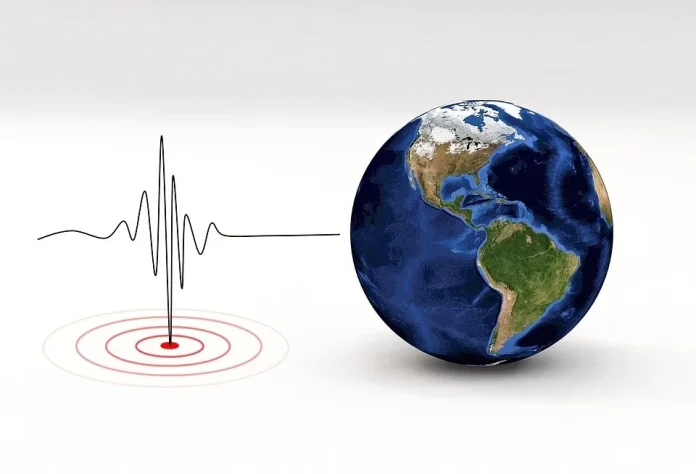IMPHAL, June 11: Two mild earthquakes, measuring 3.2 and 3.6 on the Richter scale, were felt on Wednesday in Manipur’s Imphal East District and Arunachal Pradesh’s Tawang District, respectively, officials reported. However, there have been no immediate reports of damage or casualties, according to Disaster Management authorities in both states.
As per the National Centre for Seismology (NCS) data, the first tremor, measuring 3.2, struck Imphal East and its surrounding areas at a depth of 37 km below the surface. The second tremor, measuring 3.6, was recorded in Tawang District and adjoining regions of Arunachal Pradesh at a shallower depth of 5 km.
These incidents follow a pattern of frequent seismic activity in the Northeast. On June 2, Arunachal Pradesh’s Lepa Rada district and Manipur’s Churachandpur district experienced mild quakes measuring 3.3 and 3.5, respectively. The following day, June 3, a 3.6-magnitude tremor was felt in Assam’s Kamrup district.
Earlier, on May 28, three successive earthquakes—the strongest being 5.2 in magnitude—struck Manipur’s hilly districts of Churachandpur and Noney within a span of nine hours. Even though these were stronger quakes, officials confirmed no damage to property or loss of life. Notably, Churachandpur shares a border with Mizoram and Myanmar, regions that also experience frequent seismic activity.
According to NCS data, four northeastern states—Manipur, Assam, Meghalaya, and Arunachal Pradesh—recorded 20 earthquakes in May 2025 alone. Arunachal Pradesh saw the highest number with seven quakes, followed by five in Manipur, and four each in Assam and Meghalaya. The data analysis indicates that more than one quake a week has hit some part of the northeastern region, with most tremors ranging between 3 to 4 on the Richter scale.
The mountainous terrain of Northeast India, comprising eight states, is situated in the sixth most earthquake-prone region in the world. This frequent seismic activity has prompted growing concern among authorities and forced both public and private developers to focus on constructing earthquake-resistant infrastructure to minimize potential damage in future seismic events.

